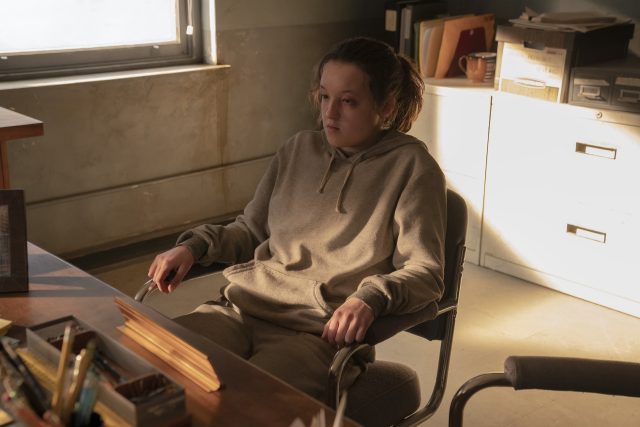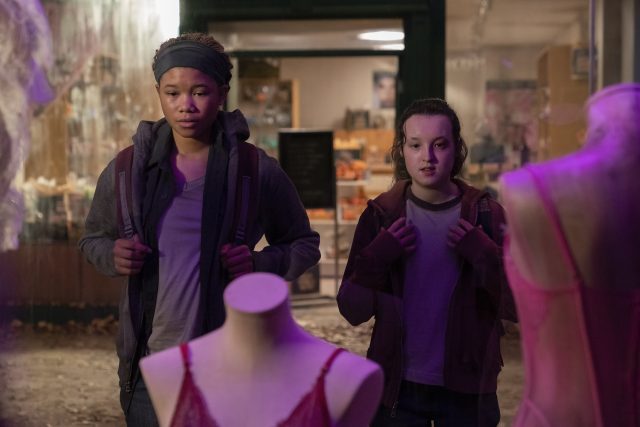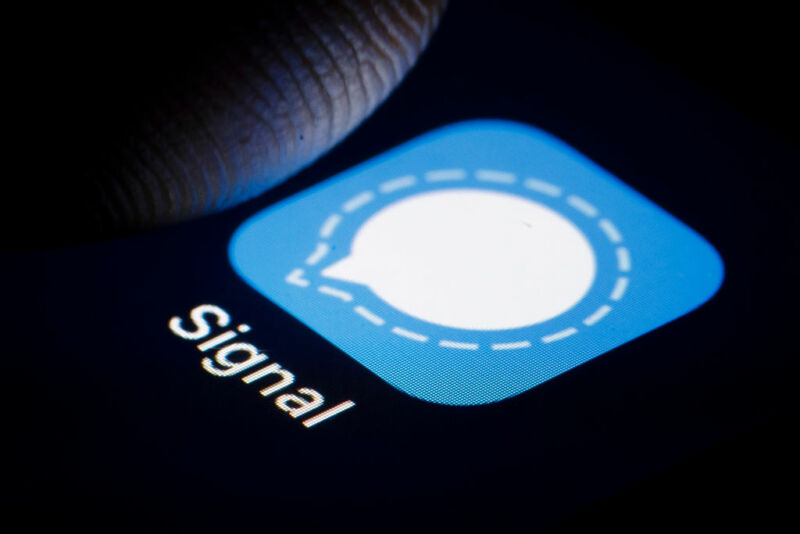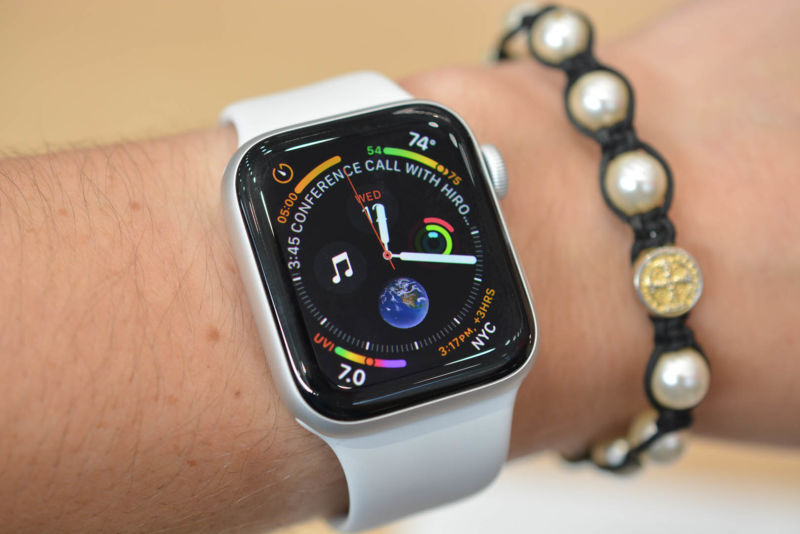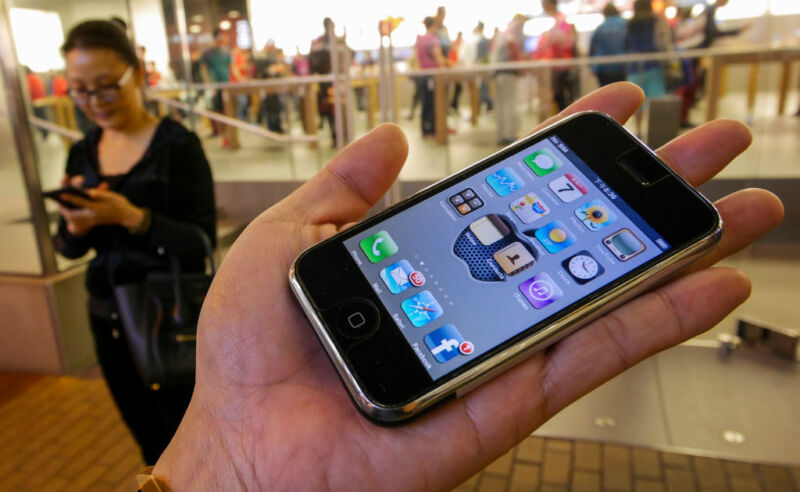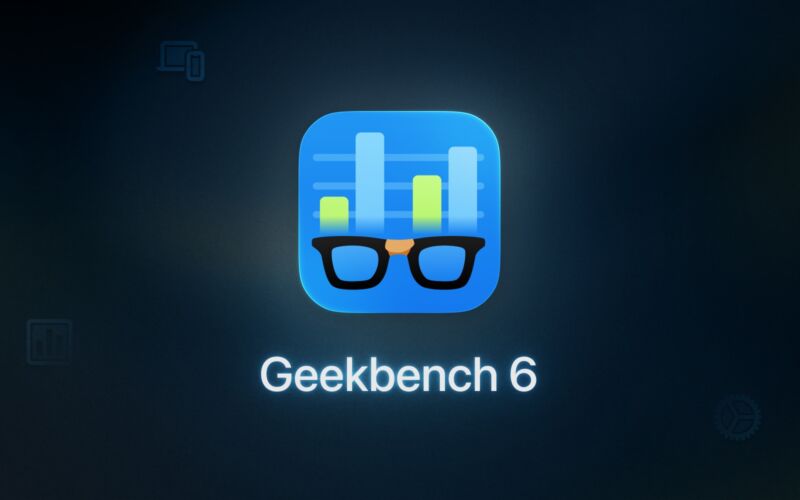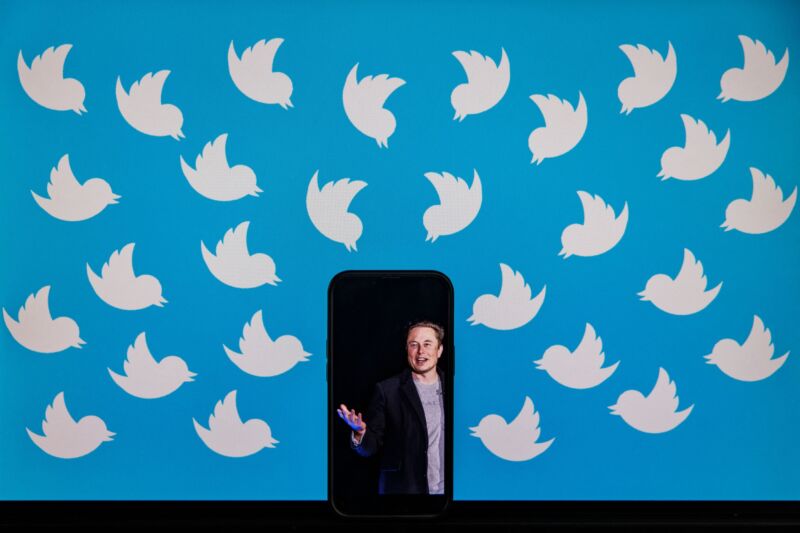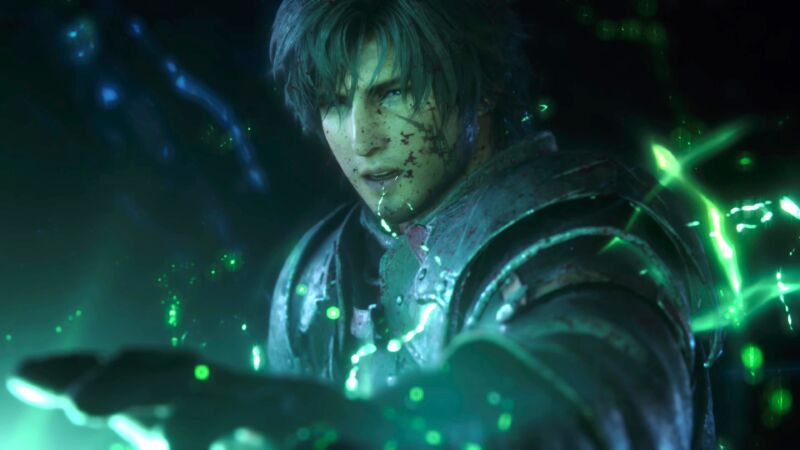
Enlarge / Get ready for a darker story than you might expect from the Final Fantasy franchise. (credit: Square Enix)
In so many ways, Final Fantasy XVI wants you to abandon everything you know about the franchise. It’s an action RPG with a heavy emphasis on the “action” part, built around only one playable character. It’s a darker, more violent story that, by the developers’ own admission, draws more from fantasy blockbusters in the West. And it’s seemingly trying to deliver the type of game a modern audience expects. While each entry in the series has tried something new, Final Fantasy XVI is arguably the biggest departure thus far.
After getting a hands-on with a preview demo—and talking to the creative business Unit III development team about the story, structure, and content of the game—the series diehard in me is starting to make out the vision being constructed here. Final Fantasy XVI is a bombastic, aggressive spectacle with prestige-level production values and a striking, self-serious vibe. But more than anything, the playable demo has me largely convinced that this new gameplay formula is actually the right move for the franchise.
[Disclaimer: Square Enix asked us to specify that this preview demo was a special version made for the media to experience and content may differ from the final version.]




